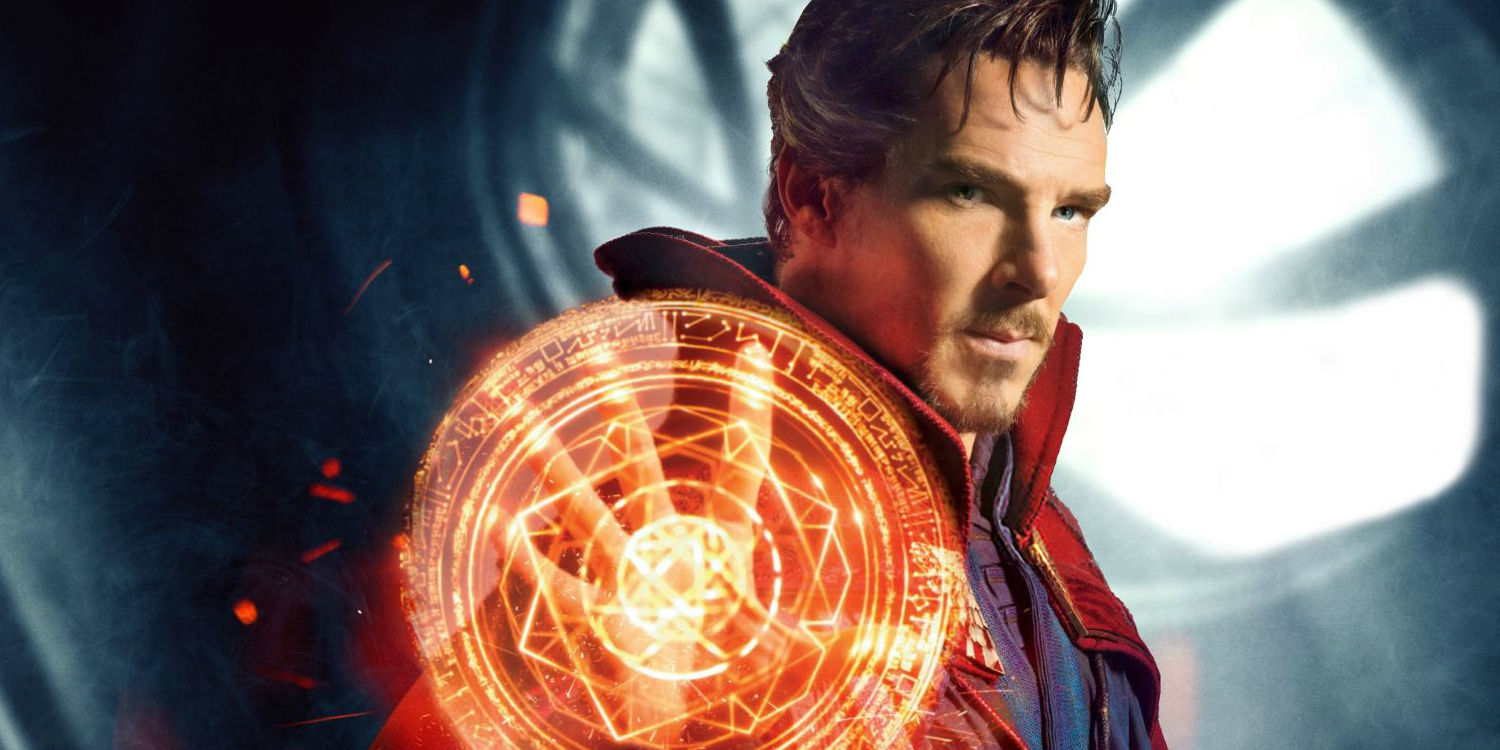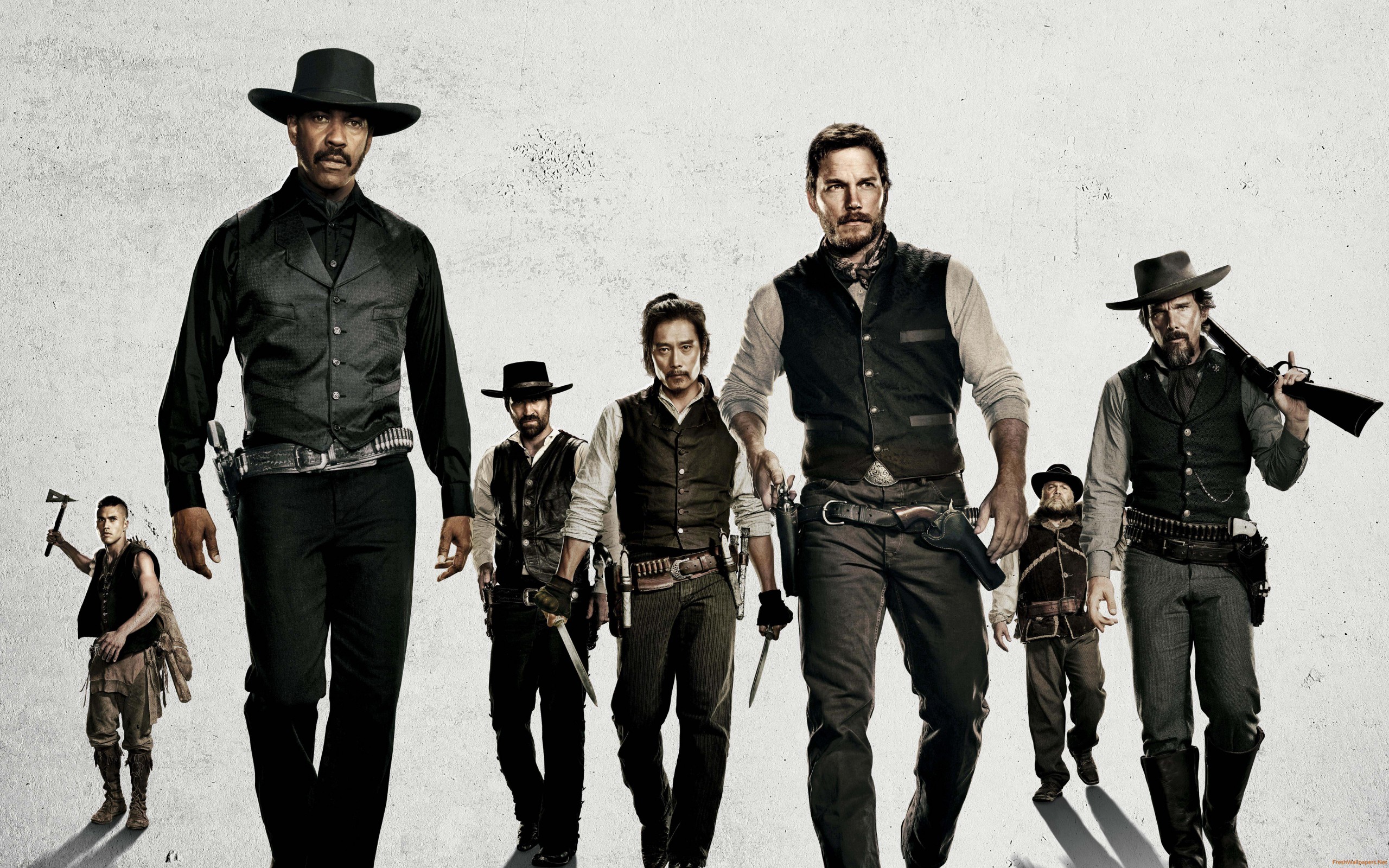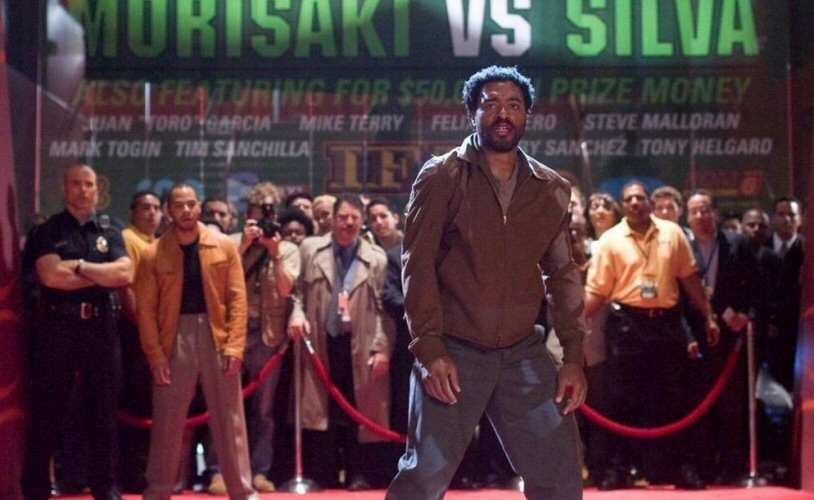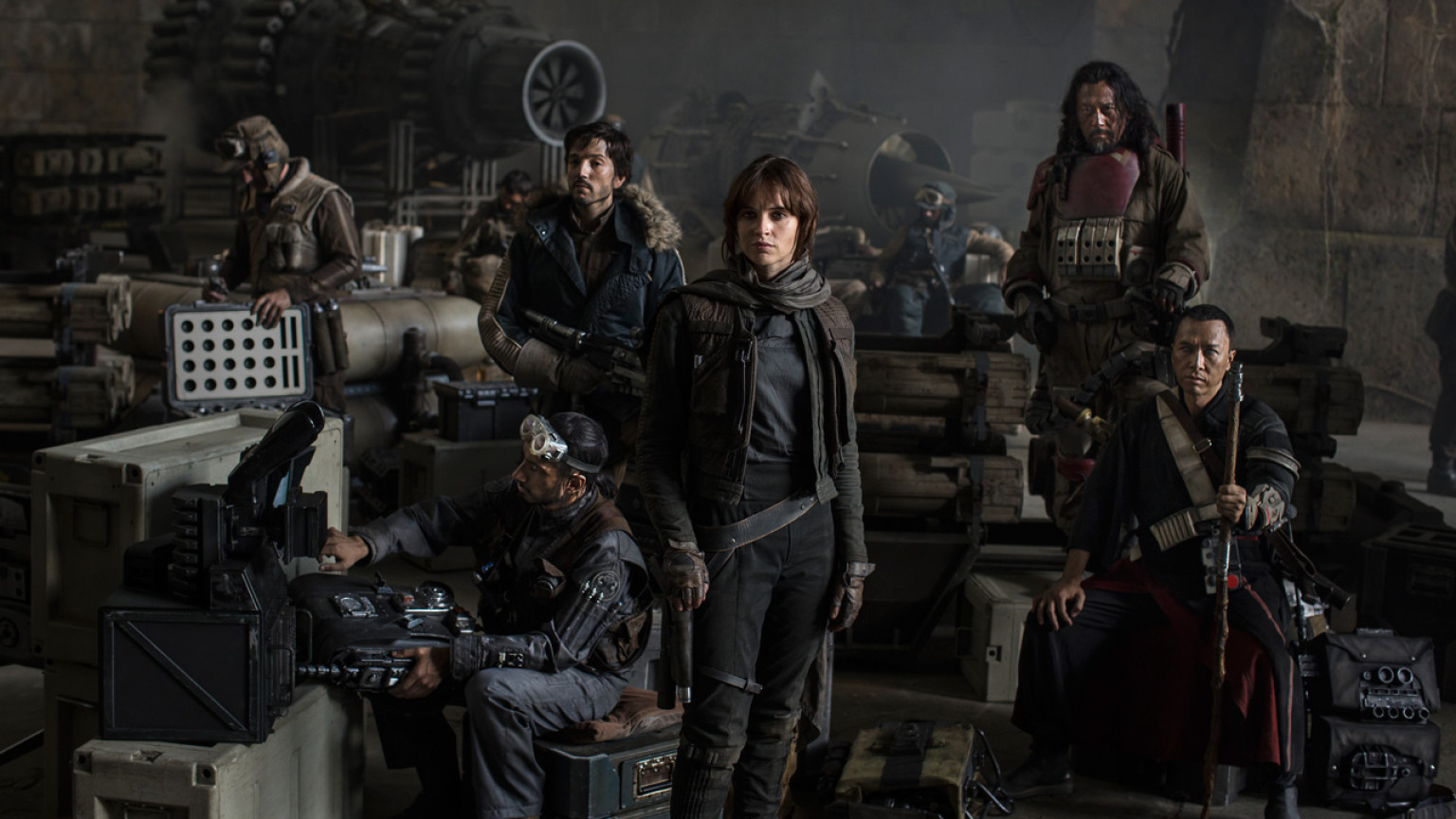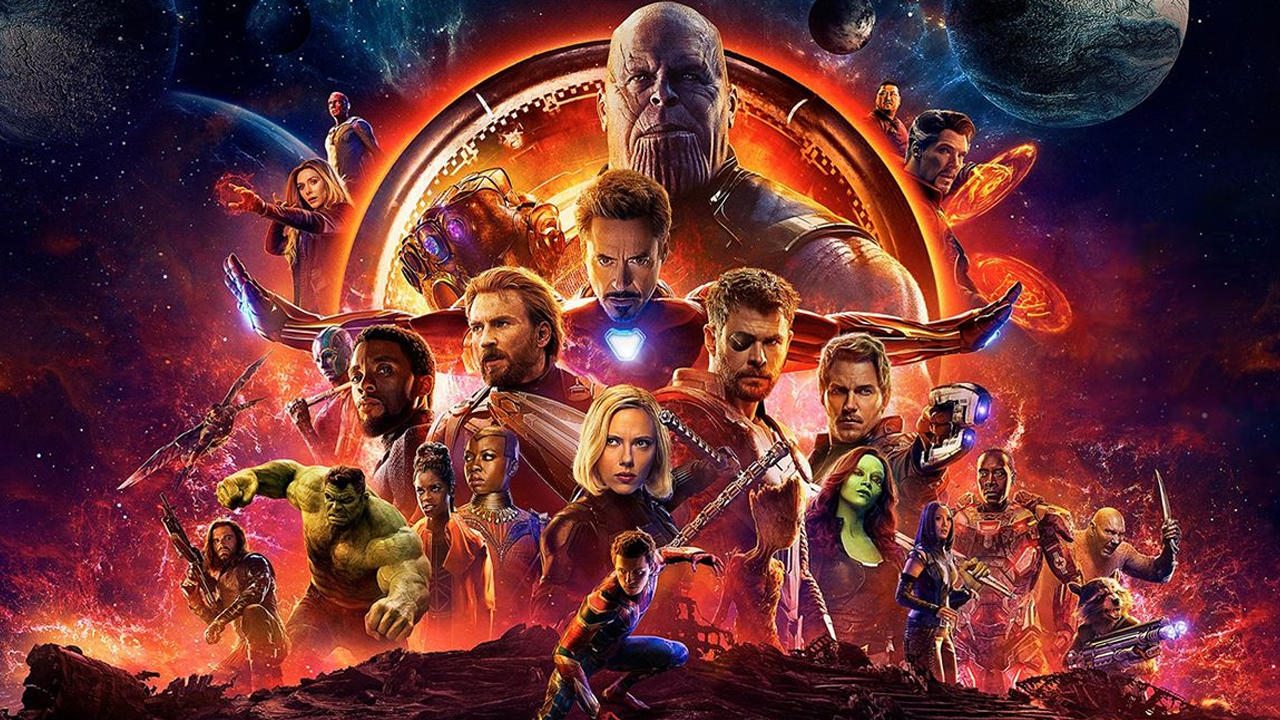Doctor Strange (2016, Dir. Scott Derrickson):
Ever since his introduction in 1963, Doctor Strange has always been among the trippiest of Marvel’s superheroes. A sorcerer through-and-through, given to bending time and space, the character was tailor-made for, well, strangeness, and the great Marvel comic artist Steve Ditko used the story as a canvas upon which he could go nuts with psychedelic imagery. Never before and never since has popular comics been quite so out there. Otherworldly dimensions were presented as twisty squid-like curlicues, like solar system play sets from grade school run amuck. Backgrounds teemed with polka-dots and sparkly starbursts, and mosaics of abstract design (Faces? Prehensile lizard appendages? Who knew?) forever swirled about our hero, never quite coalescing into something definite.
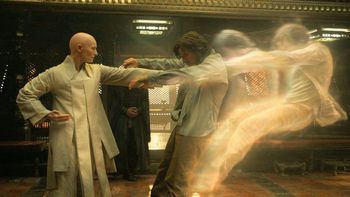 Nothing from the new Doctor Strange movie reaches those mind-bending heights, but the film does capture some of the heady playfulness of the original comics. The character’s origin story is presented with a minimum of fuss: Stephen Strange (Benedict Cumberbatch) is a renowned and haughty surgeon who is quite content in his place among the one percenters — imagine Hugh Laurie’s Dr. House with more ambition and a few extra shots of espresso (Cumberbatch’s jowly American accent is a near-perfect match with Laurie’s). After a car accident results in irreparable nerve damage to his hands, Strange’s search for a cure leads him to Nepal and the Ancient One (Tilda Swinton), an Eastern mystic who opens his eyes (including that all-important Third Eye) to the true nature of the universe. Cue a bad guy who used to be a disciple (Mads Mikkelsen), an estranged love who sees the good in our egomaniac hero (Rachel McAdams), and some CGI derring-do, and you’ve got yet another shiny new toy fresh off the Marvel Studios production line.
Nothing from the new Doctor Strange movie reaches those mind-bending heights, but the film does capture some of the heady playfulness of the original comics. The character’s origin story is presented with a minimum of fuss: Stephen Strange (Benedict Cumberbatch) is a renowned and haughty surgeon who is quite content in his place among the one percenters — imagine Hugh Laurie’s Dr. House with more ambition and a few extra shots of espresso (Cumberbatch’s jowly American accent is a near-perfect match with Laurie’s). After a car accident results in irreparable nerve damage to his hands, Strange’s search for a cure leads him to Nepal and the Ancient One (Tilda Swinton), an Eastern mystic who opens his eyes (including that all-important Third Eye) to the true nature of the universe. Cue a bad guy who used to be a disciple (Mads Mikkelsen), an estranged love who sees the good in our egomaniac hero (Rachel McAdams), and some CGI derring-do, and you’ve got yet another shiny new toy fresh off the Marvel Studios production line.
As the set-up for a superhero movie franchise, the plot of Doctor Strange is perfectly serviceable. Suffice to say that our conceited doctor gets a nice serving of humble pie, helps save the world, and cements his place as a good guy and protector. Those not familiar with comic lore will have a hard time digesting a lot of the chewy names and vocabulary that gets bandied about (prepare yourself for a lot of mentions of Kaecilius, the Eye of Agamotto, and Dormammu), but apart from that and a grisly image of Strange’s mangled fingers perforated with surgical rods, the film is near-frictionless in its affect. The story’s essential inconsequentiality isn’t the main attraction here; ditto for the Nepalese locations and sage spiritual advice, which never rises above “chicken soup for the soul” clichés (the movie’s emotional climax consists of the Ancient One telling Strange, “It’s not about you”). If you’re anticipating juicy three-dimensional characters, based on the heavyweights in the cast, best to tamp those expectations down. McAdams is motherly and supportive; Mikkelsen is laconic and implacable; Chiwetel Ejiofor is stalwart as the Ancient One’s right-hand man Mordo; and so on and so forth. (The best acting job in the movie belongs to Strange’s Cloak of Levitation, which yanks him every which way like an impatient nanny.)
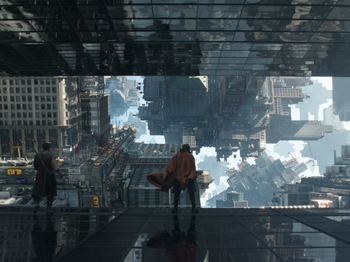 No, the extra dimensions in Doctor Strange are reserved for the computer animators, and thankfully, they’re allowed to get weirder than is usual for this type of mainstream entertainment. When Strange is smacked literally and metaphysically upside the head, and receives his first glimpse of the universes beyond his grasp, we’re hit with an avalanche of outlandishly colorful imagery, and the film finds its footing as dry slapstick comedy. While the typical blockbuster action movie scene dumbs everything down to preschool-simple mechanics, the action scenes here are wacky, physics-defying riffs on everything from Escher (as staircases and New York skyscrapers collapse on each other like dominoes, or fold into themselves like puzzle cubes), to Peter Jackson’s The Frighteners (Strange’s astral form engages in heavy-duty combat with the baddies) to Kubrick’s 2001: A Space Odyssey filtered through Dante, if you can imagine a stargate trip through a paisley-tinted Hell, our hero mauled by tiny fingers growing out of tiny fingers. Flummoxed and be-deveiled at every turn, Cumberbatch’s Strange becomes a freaky-deaky Buster Keaton, forced to tap-dance his way across dimensions. While nothing else from the movie is quite as inspired as Strange’s initial head trip, the film’s climax, in which Hong Kong gets leveled and reconstituted, and Strange pulls off a nifty time-loop maneuver that wouldn’t be out of place on latter-day Doctor Who, has a pleasing flippancy to it. Earth may be at stake, but for once we don’t need buzzing drones, fiery explosions or mano-a-mano duels to the death to decide a victor.
No, the extra dimensions in Doctor Strange are reserved for the computer animators, and thankfully, they’re allowed to get weirder than is usual for this type of mainstream entertainment. When Strange is smacked literally and metaphysically upside the head, and receives his first glimpse of the universes beyond his grasp, we’re hit with an avalanche of outlandishly colorful imagery, and the film finds its footing as dry slapstick comedy. While the typical blockbuster action movie scene dumbs everything down to preschool-simple mechanics, the action scenes here are wacky, physics-defying riffs on everything from Escher (as staircases and New York skyscrapers collapse on each other like dominoes, or fold into themselves like puzzle cubes), to Peter Jackson’s The Frighteners (Strange’s astral form engages in heavy-duty combat with the baddies) to Kubrick’s 2001: A Space Odyssey filtered through Dante, if you can imagine a stargate trip through a paisley-tinted Hell, our hero mauled by tiny fingers growing out of tiny fingers. Flummoxed and be-deveiled at every turn, Cumberbatch’s Strange becomes a freaky-deaky Buster Keaton, forced to tap-dance his way across dimensions. While nothing else from the movie is quite as inspired as Strange’s initial head trip, the film’s climax, in which Hong Kong gets leveled and reconstituted, and Strange pulls off a nifty time-loop maneuver that wouldn’t be out of place on latter-day Doctor Who, has a pleasing flippancy to it. Earth may be at stake, but for once we don’t need buzzing drones, fiery explosions or mano-a-mano duels to the death to decide a victor.
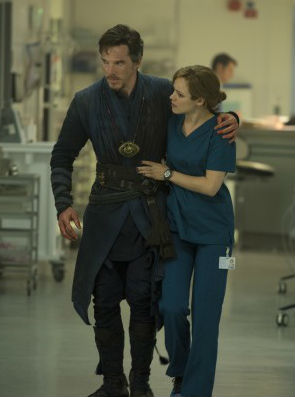 Mordo: Temporal manipulations can create branches in time. Unstable dimensional openings, spatial paradoxes, time loops! You want to get stuck experiencing the same moment over and over again forever, or never having existed at all?
Mordo: Temporal manipulations can create branches in time. Unstable dimensional openings, spatial paradoxes, time loops! You want to get stuck experiencing the same moment over and over again forever, or never having existed at all?
Strange: They really should put the warnings before this stuff.
Though the supporting actors are merely adjuncts to the spectacle, some of them nevertheless make an impression. As the Ancient One, Swinton sure ain’t Asian, but her androgynous presence lends a welcome whiff of mystery to her character, while Benedict Wong deadpans his way through the film with precision as Wong, Strange’s future right-hand man. Holding everything together is Cumberbatch, who achieves an apotheosis of sorts in his role. Even by Marvel standards, Doctor Strange is remarkably chaste — the closest the movie comes to romantic passion is when McAdams gives Cumberbatch a peck on the cheek — yet chastity becomes Cumberbatch. Improbably, he became a sex symbol thanks to Sherlock, in which he plays a sexually repressed, overbearing sociopath (“Brainy is the new sexy,” one of his antagonists coos), but he’s entirely more likable as a shambling, sincere cosmic seeker. His alabaster skin, reptilian eyes, carved cheekbones, basso profundo voice, and fundamental alien-ness were meant for a character like Strange, and never has an actor looked more like a comic book panel come to life. His performance anchors the film even when the latter is at its most vaporous. “We’re just another tiny, momentary speck in an indifferent universe,” he grumbles early on, and even though Marvel stacks the deck to ensure that Strange is anything but a speck, there’s a surprisingly subversive message hidden beneath the extravagant effects: Get out of your head, study your ass off, embrace uncertainty, and maybe you’ll come to understand what this world is all about. Doctor Strange won’t alter anyone’s perception of the universe, but in our current world, which seems very intractable indeed, the dose of play the movie provides is most welcome.
